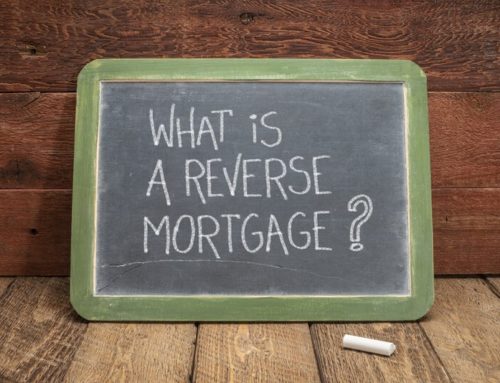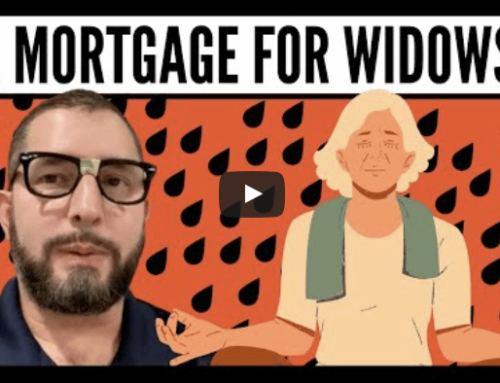On Long Term Care Costs
Nursing home care, or in-home care, is expensive and the costs continue to raise, according to an article published by Reverse Mortgage Daily, which cites the findings of a survey involving more than 16,000 care providers nationwide.While the costs of nursing homes versus in-home care or living communities vary, prices are rising all across the board. Currently, the cost of a private room in a U.S. nursing home averages roughly $94, 170 per year and the costs of assisted living averages $41, 124, according to John Hancock Life Insurance Company. Nursing home rooms have risen the most in the past year, with a 3.65 increase for both private and semi-private rooms. Assisted living has risen only 2% in the last year.At the bottom of the spectrum, is in-home care, which costs $29,640 per year, on average and has risen at least 1.3% in the last year.The costs, surprisingly vary by geography, although there isn’t an exact science to determining where and why there exist pockets of cost discrepancies.Despite these findings, the retirement savings gap recently reach $14 trillion, making older Americans more unprepared than ever for retirement. It’s shocking to see how much prices continue to raise but how little future retirees save for expected (and unexpected) expenses. The future isn’t written in stone, of course, but there are guidelines and preemptive methods working Americans can take in order to supplement their retirement.If you are looking to age in place, but need in-home care and assisted living, the costs can put a big hole in your pocket. Debt during retirement is not ideal, in fact, many retirement planning websites suggest that your mortgage is paid off by the time you retire.This is unrealistic, most of the time, but consider the amount you have saved, are saving, or are planning to save? Is it enough to maintain your style of living? PROBABLY NOT.There seems to be a disconnect between between retirement expectations and the steps older Americans are taking when it comes to saving. A certain standard of living can only be achieved by planning ahead, not in the moment.A reverse mortgage loan is an excellent retirement planning tool because there are many options for those seeking a comfortable retirement, especially the line of credit option, which allows you the flexibility to draw funds whenever they are necessary, while the unused portion grows at an annual interest rate.There are risks involved with a reverse mortgage loan. While you cannot lose your home under normal circumstances, foreclosure may occur if you do not pay your taxes and insurance and otherwise comply with the loan terms.At PS Financial Services, a reverse mortgage company in Florida, we offer all the reverse mortgage options available for a retiring or retired senior homeowner. Make sure your retirement is liberating, not suffocating. Give us a call at (888) 845-6630 or send us an email at info@PSReverseMortgage.com. We do not pressure those who inquire.The Sky’s the Limit…
By Phil Stevenson|2013-11-20T20:30:57+00:00November 20th, 2013|Baby Boomers, Florida Retirement, General Mortgage Info, Mortgage Requirements, Retirement Planning, Reverse Mortgage Benefits, Reverse Mortgage Regulations|0 Comments
About the Author: Phil Stevenson
















